Description
Okay, I’m ready to write an article about Magnesium Oxide. To give you the best possible article, I need a little more guidance. Tell me:
1. What is the intended audience for this article? (e.g., general public, health professionals, athletes, gardeners, scientists, etc.)
2. What is the primary purpose of the article? (e.g., inform about its uses, explain its benefits, warn about its side effects, compare it to other substances, delve into its chemical properties, etc.)
3. What tone should the article have? (e.g., formal, informal, scientific, conversational, persuasive, cautionary, etc.)
4. Are there any specific points you want to be sure are covered? (e.g., specific health benefits, dosage information, uses in agriculture, industrial applications, chemical properties, environmental impact, etc.)
5. What is the desired length of the article? (e.g., short paragraph, a few hundred words, a longer, more detailed piece)
Once I have this information, I can tailor the article to be exactly what you need.
In the meantime, here are a few possible article outlines based on different approaches, to give you an idea of what I can do:
Option 1: General Overview (Suitable for the general public)
- Title: Magnesium Oxide: Uses, Benefits, and Potential Side Effects
- Introduction: What is magnesium oxide (MgO)? Briefly explain its chemical formula and natural occurrence.
- Uses:
- Dietary Supplement: Explain its role as a source of magnesium, emphasizing its potential benefits for bone health, muscle function, and nerve function.
- Antacid/Laxative: Describe its use in relieving heartburn and constipation.
- Industrial Applications: Briefly mention its use in construction materials, refractory materials, and other industrial processes.
- Benefits:
- Highlight potential health benefits (e.g., improved magnesium levels, relief from digestive issues).
- Side Effects and Precautions:
- Discuss potential side effects such as diarrhea, nausea, and stomach cramps.
- Explain who should avoid magnesium oxide (e.g., people with kidney problems).
- Mention potential drug interactions.
- Dosage and Administration:
- Provide general guidelines for dosage, emphasizing the importance of consulting with a healthcare professional.
- Conclusion: Summarize the key points and reiterate the importance of responsible use.
Option 2: Focus on Health and Wellness (Suitable for health-conscious individuals)
- Title: Magnesium Oxide: Is This Supplement Right for You?
- Introduction: Why is magnesium important for health? Briefly explain magnesium deficiency.
- Magnesium Oxide as a Supplement:
- Explain how magnesium oxide helps combat magnesium deficiency.
- Compare it to other forms of magnesium supplements (e.g., magnesium citrate, magnesium glycinate) in terms of bioavailability and side effects.
- Health Benefits of Magnesium Oxide:
- Detailed discussion of potential health benefits, such as:
- Improved bone density
- Reduced muscle cramps
- Better sleep quality
- Blood sugar regulation
- Headache relief
- Detailed discussion of potential health benefits, such as:
- Potential Risks and Side Effects:
- More in-depth explanation of potential side effects, especially gastrointestinal issues.
- Discuss potential interactions with medications.
- Emphasis on consulting a doctor before taking magnesium oxide, especially for individuals with pre-existing conditions.
- Dosage Recommendations:
- Provide specific dosage recommendations based on age and individual needs.
- Explain how to take magnesium oxide to minimize side effects (e.g., with food, divided doses).
- Conclusion: Recap the benefits and risks, encouraging readers to make informed decisions about supplementing with magnesium oxide.
Option 3: Technical Overview (Suitable for students or professionals in related fields)
- Title: Magnesium Oxide: Properties, Production, and Applications
- Introduction: Chemical formula, structure, and basic properties of magnesium oxide.
- Production Methods:
- Describe different methods of producing magnesium oxide, including:
- Calcination of magnesite
- Extraction from seawater
- Discuss the advantages and disadvantages of each method.
- Describe different methods of producing magnesium oxide, including:
- Physical and Chemical Properties:
- Melting point, boiling point, density, hardness, solubility.
- Reactions with acids, bases, and other substances.
- Applications:
- Refractory Materials: Explain its use lining furnaces and other high-temperature equipment.
- Construction Materials: Discuss its use in cement and other building materials.
- Catalysis: Explain its role as a catalyst in various chemical reactions.
- Environmental Remediation: Highlight its potential use in removing pollutants from water and soil.
- Safety Considerations:
- Discuss potential hazards associated with handling magnesium oxide.
- Explain proper storage and disposal methods.
- Conclusion: Summarize the key properties and applications of magnesium oxide.
Tell me more about what you need, and I’ll write a great article for you!

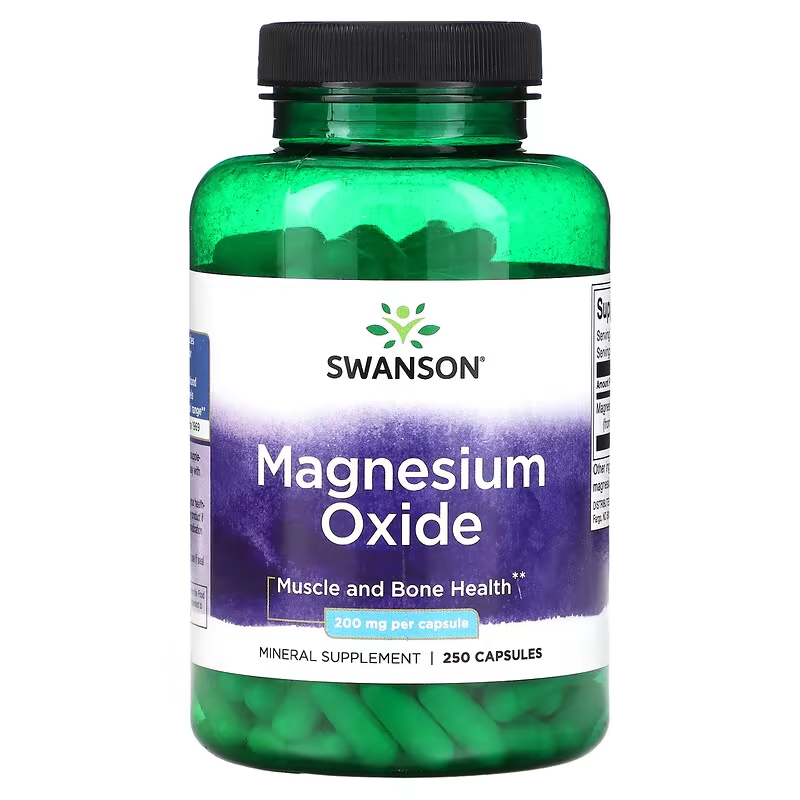
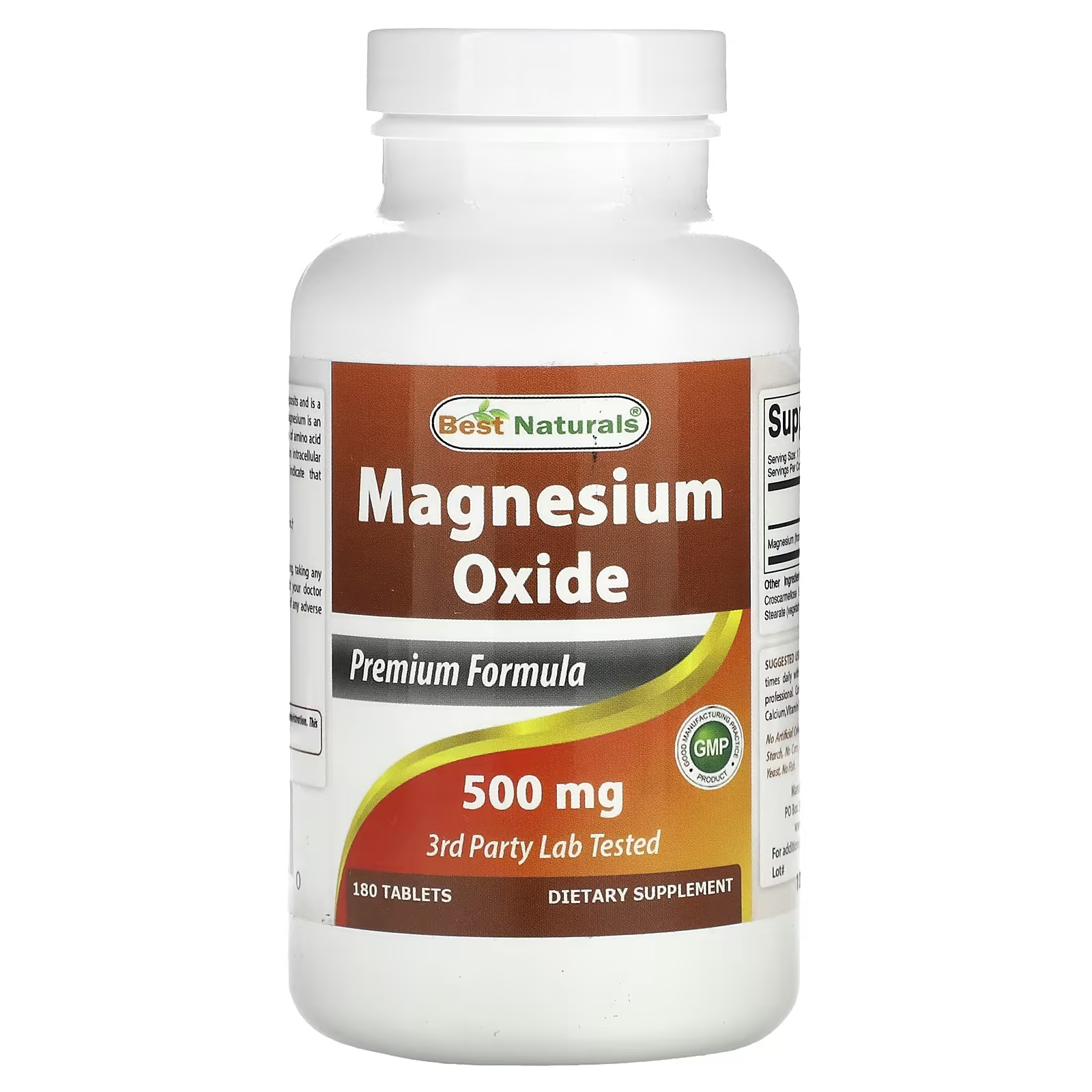
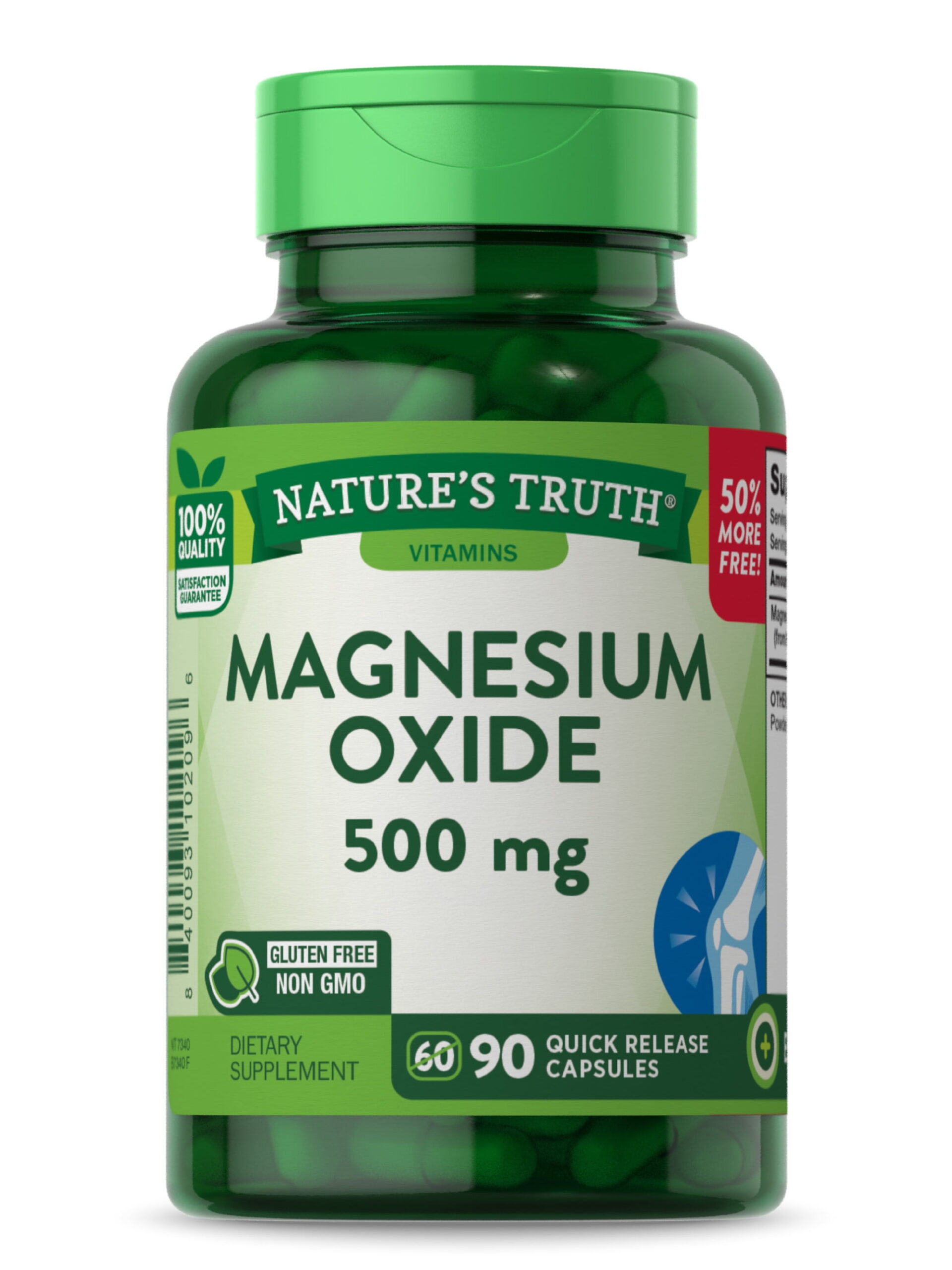
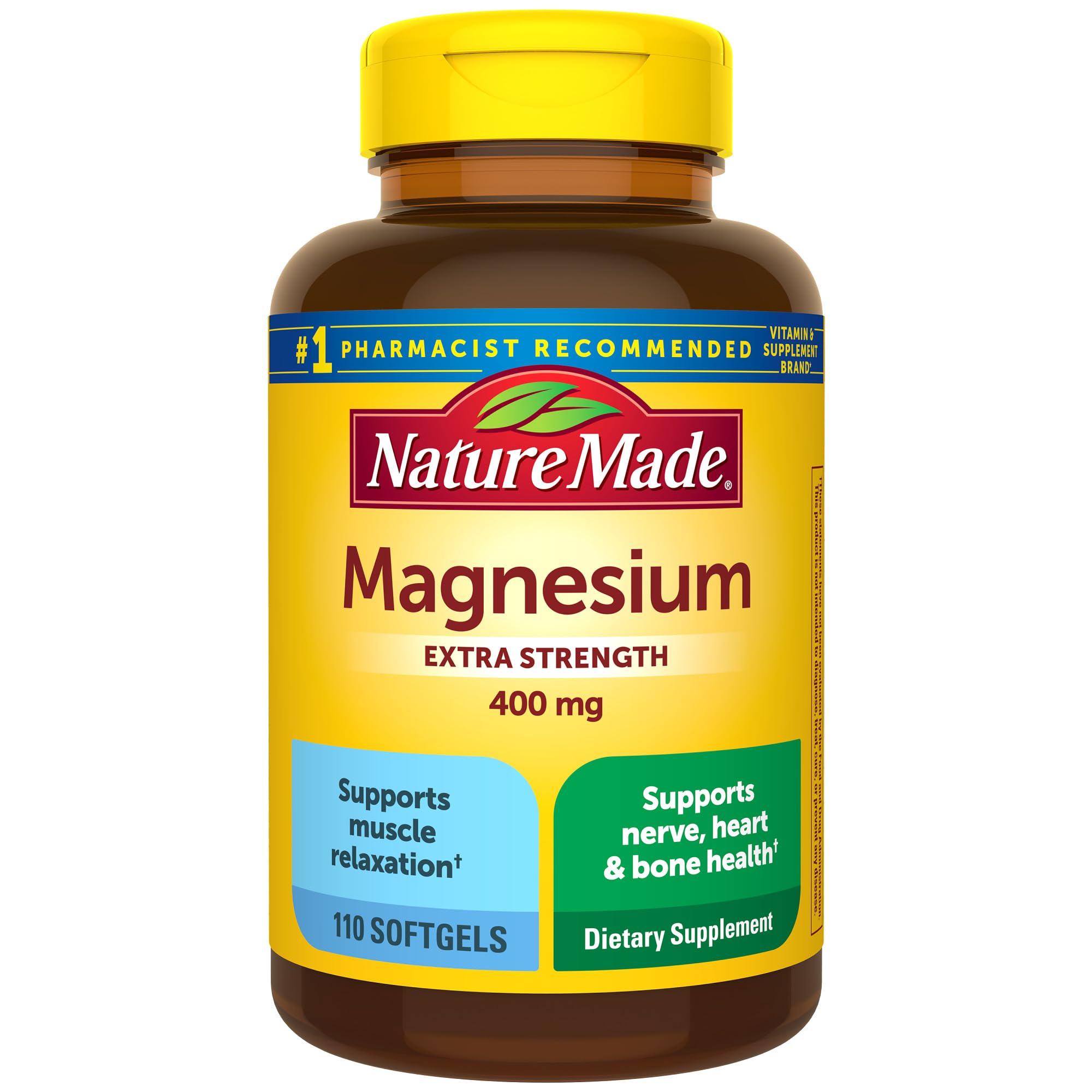

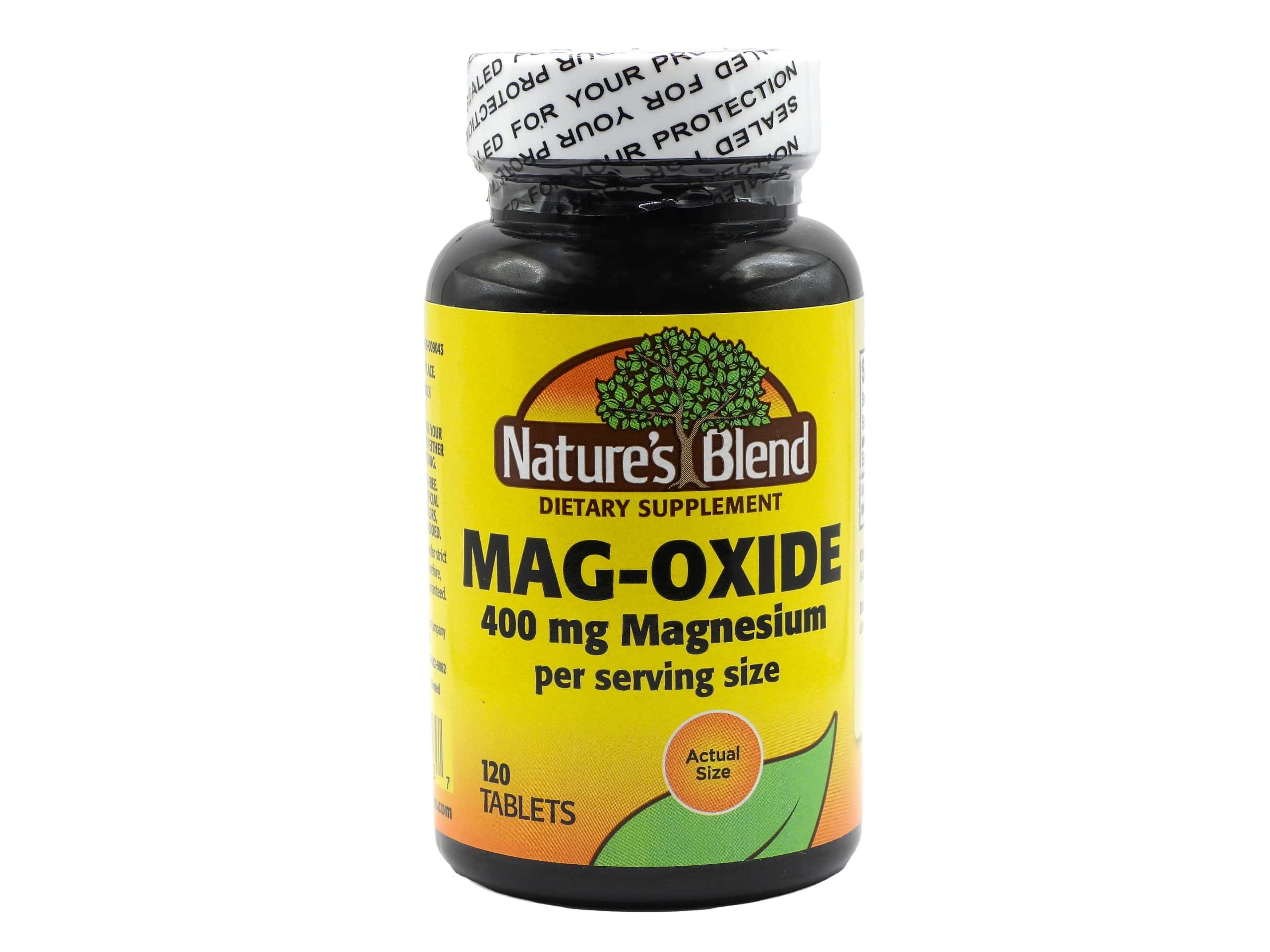


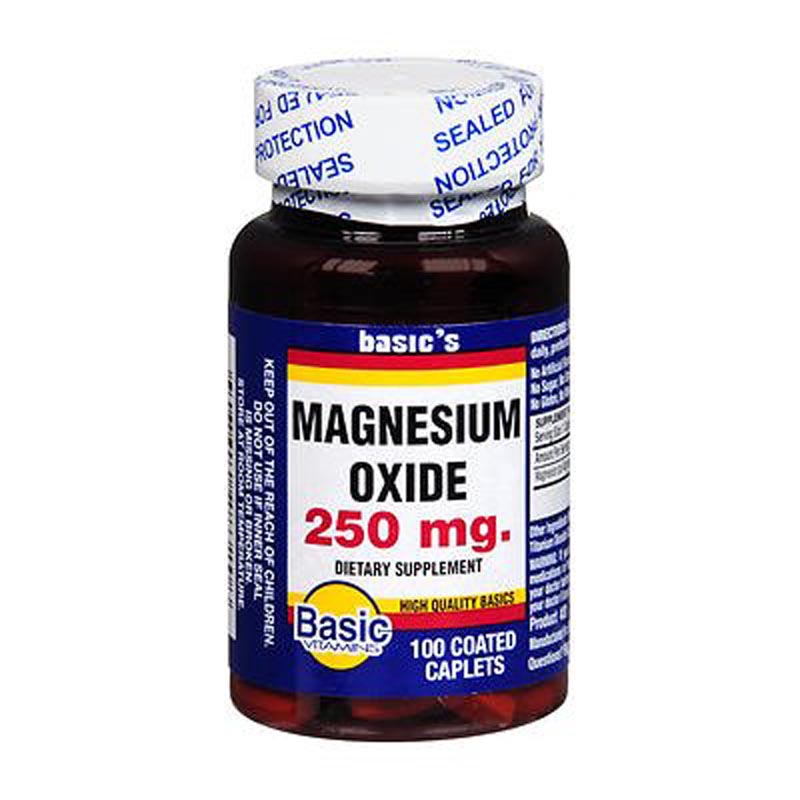
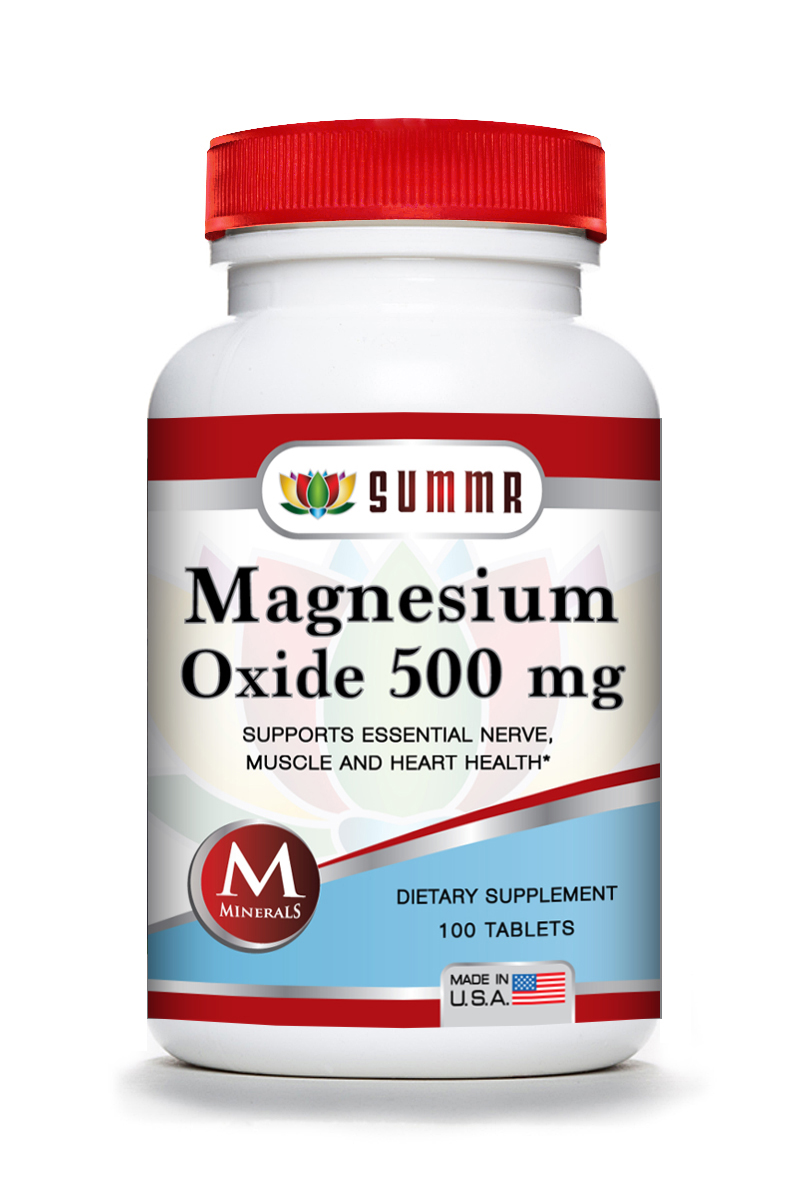




Reviews
There are no reviews yet.